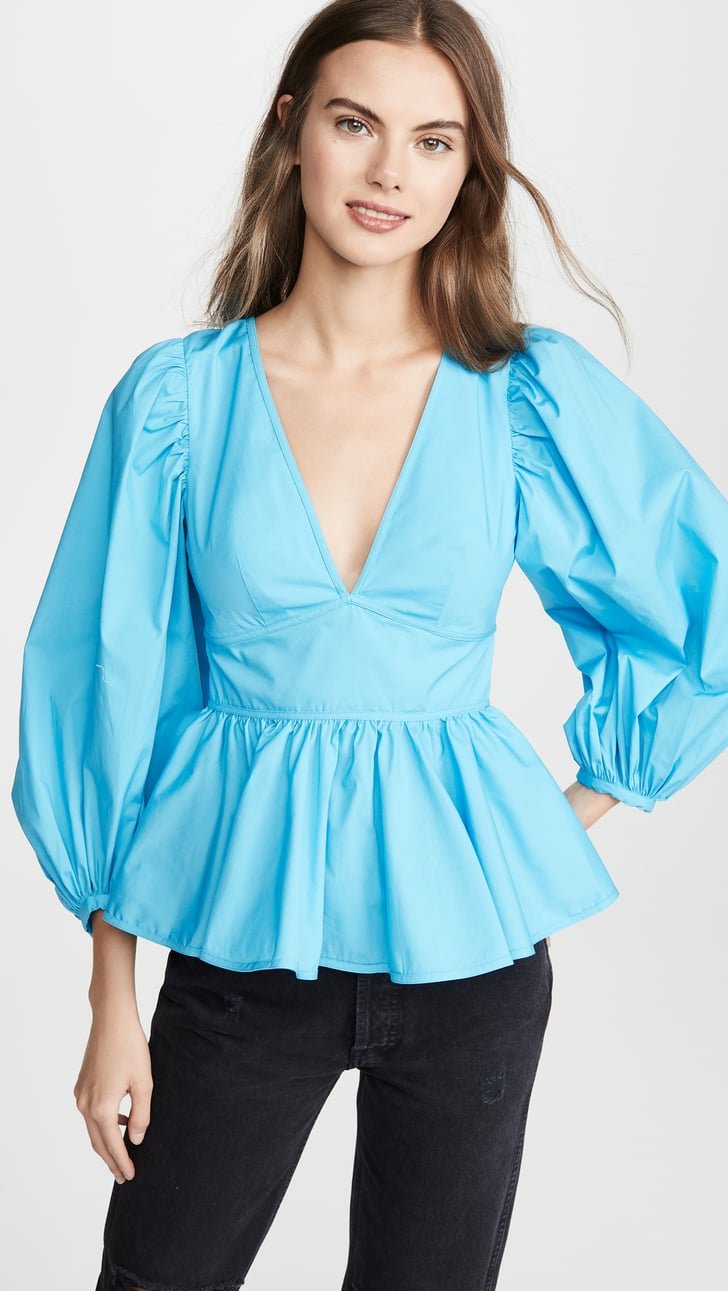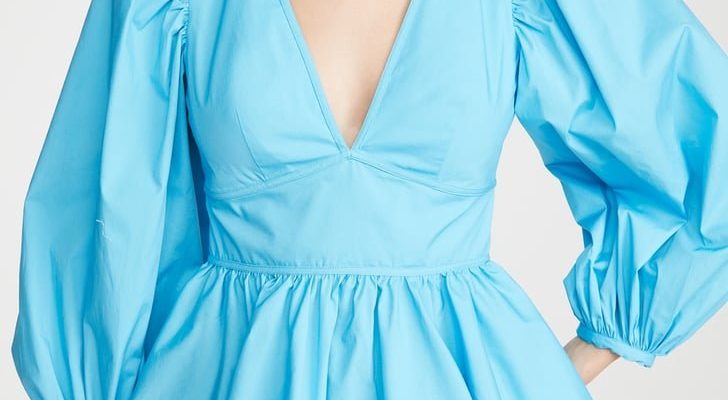
These gentle animals are adapted to thrive in the harsh, high-altitude environment, where most other species would struggle. Their fine wool is one of the most coveted materials in the world, making them a symbol of luxury and sustainability. But there’s much more to the vicuna than just their luxurious fleece. Let’s dive into some interesting facts that highlight what makes these animals so captivating.
1. The Vicuna’s Habitat
Vicunas primarily inhabit the high Andes of Peru, Bolivia, Ecuador, and northern Chile, living at altitudes of 3,200 to 4,800 meters (10,500 to 15,750 feet). Picture a landscape where the air is thin, the wind is brisk, and the temperatures can plummet at night. These hardy creatures have adapted to survive in such extreme conditions.
With their long necks and slender legs, vicunas are incredibly agile. They can navigate rocky terrains effortlessly, grazing on grasses and other vegetation. This environment shapes their behavior and lifestyle, allowing them to thrive in a place where few other mammals can. Honestly, it’s fascinating to think about how such an elegant animal can endure such a rugged lifestyle.
2. The Vicuna’s Unique Wool
One of the most extraordinary features of the vicuna is its wool. It’s not just any wool; it’s incredibly soft, warm, and lightweight, often compared to cashmere. The fibers are fine, measuring only about 12 microns in diameter. Imagine wrapping yourself in something so soft that it feels like a gentle hug!
Vicuna wool has a natural sheen and is highly sought after in the fashion world. Each vicuña produces only about 250 grams of wool per year, making it a rare and valuable material. Historically, this wool was reserved for Incan royalty. Today, it’s still a symbol of luxury. If you ever get the chance to see or wear something made from vicuna wool, you’ll understand why it’s treasured.
3. Social Structure and Behavior
Vicunas have a fascinating social structure. They live in family groups called “herds,” which usually consist of one dominant male, several females, and their young. This hierarchy helps them maintain order and protect the group from predators. Here’s the thing: the dominant male is not just the leader; he also plays a vital role in ensuring the safety of the herd.
When threatened, vicunas have a unique way of communicating danger. They emit a high-pitched alarm call, alerting others in the group to stay vigilant. Their keen eyesight and agility allow them to escape predators quickly. It’s a brilliant survival strategy that highlights their adaptability and intelligence in the wild.
4. Conservation Status
Once on the brink of extinction due to hunting for their wool, vicunas are now protected by law. Thanks to conservation efforts, their populations have recovered. According to the International Union for Conservation of Nature (IUCN), vicunas are currently classified as “Least Concern.”
However, their status remains delicate. They’re still threatened by habitat loss and illegal poaching. Conservation programs actively work to balance the demands of the wool market with the need to protect these beautiful animals. You might be wondering how you can help—supporting ethical fashion brands that use vicuna wool responsibly is one way to contribute.
5. Wild vs. Domesticated Vicunas
While many people might confuse vicunas with their domesticated relatives, like llamas and alpacas, there are key differences. Vicunas are not domesticated; they are wild animals. In fact, they can only be sheared under specific conditions to maintain their wild nature.
On the flip side, alpacas and llamas have been bred for human needs over thousands of years. In general, domesticated versions are larger and have different temperaments. If you ever come across a herd of vicunas in the wild, you’ll notice their exquisite grace compared to the more robust appearance of llamas. It’s a fascinating contrast that highlights the diversity of these camelids.
6. The Role in Local Culture
Vicunas hold a special place in Andean culture. The Inca civilization revered them, viewing their fleece as a sacred gift. To this day, many local communities depend on sustainable practices related to vicuna wool gathering. The fiber is sheared once every two years, ensuring that the animals remain unharmed and healthy.
This respectful approach to using vicuna wool illustrates a deep understanding of nature’s balance. The communities surrounding these animals are often involved in educating others about the importance of conservation and sustainable practices. By promoting awareness, they help ensure the future of the vicuna and their cultural heritage.
7. Vicunas and Their Predators
Despite their beauty, vicunas face threats from various predators such as pumas and foxes. Their primary defense is speed; they can run up to 50 km/h (about 31 mph) when escaping danger. Each herd member plays a role in watching for danger, which is essential for survival in the wild.
Interestingly, when one vicuña spots a predator, the entire herd may scatter in different directions. This chaotic movement makes it harder for predators to catch them. It’s a clever survival tactic that highlights their instinctual wisdom. You might find it impressive how such a graceful creature can also be so agile and quick-thinking when it matters most.
8. The Vicuna’s Diet
Vicunas are herbivores, primarily feeding on grasses, leaves, and other plant material found in their high-altitude habitat. They have a unique digestive system that allows them to extract nutrients efficiently, enabling them to thrive in an environment where food can be scarce.
Their foraging habits help shape the ecosystem; by grazing, they maintain the health of the grasslands. This behavior prevents overgrowth of certain plant species, keeping the habitat balanced. Honestly, it’s amazing how such a simple diet can have such a significant impact on the environment.
9. Mating and Reproduction
Vicunas generally reach sexual maturity at about 2-3 years of age. The mating season usually occurs between May and June, where males compete for the attention of females. They use a display of strength and agility to attract mates—this might involve vocalizations and showy displays that demonstrate their prowess.
After a gestation period of about 11 months, a single female gives birth to a young vicuña, called a “cria.” This little one is adorable, often standing up and walking within hours of being born. The mother takes care of the cria, teaching it essential survival skills as it grows. It’s heartwarming to think about the bond between mother and offspring in the wild.
10. Why Vicunas Matter
Vicunas are more than just beautiful animals; they play a vital role in maintaining biodiversity in their ecosystems. By grazing, they help shape their environment, and their presence can signal a healthy habitat. Moreover, their wool supports local economies and cultural heritage, linking wildlife conservation with sustainable development.
It’s essential to appreciate how species like the vicuna contribute to our planet’s health. Their survival impacts not just the Andean landscape but also the communities that depend on them. As we learn more about these fascinating creatures, we can find ways to support their protection and promote sustainable practices, ensuring the vicuna continues to grace the Andes for generations to come.
As you can see, the vicuna is a remarkable animal with a rich history and a crucial role in its environment. The next time you hear about this incredible creature, I hope you’ll appreciate not just its beauty but also its significance in the grand tapestry of life in the Andes.

